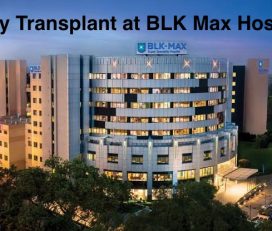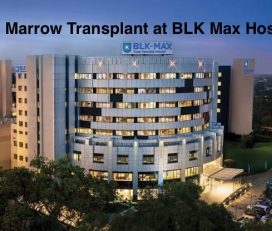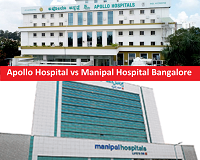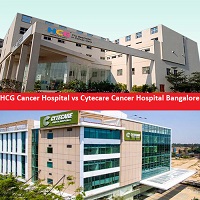Types of Bone Marrow Transplants by Dr. Pawan Kumar Singh
1. Allogeneic Bone Marrow Transplant
Allogeneic Bone Marrow Transplant is a medical procedure in which bone marrow from a compatible donor is transplanted into the patient’s body.
The bone marrow transplant process involves first identifying a suitable donor who has a compatible tissue type with the patient. Once a match is found, the donor undergoes a procedure to collect their bone marrow stem cells, which are then transfused into the patient. The patient may also receive chemotherapy and/or radiation therapy to destroy their own diseased bone marrow and create space for the new cells to grow.
2. Autologous Bone Marrow Transplant
Dr. Pawan Kumar Singh, an experienced hematologist, performs this procedure to help patients with certain types of cancers or blood disorders. The process of autologous bone marrow transplant involves the extraction of healthy bone marrow cells from the patient’s body. The extracted cells are treated with chemotherapy or radiation to eliminate any cancerous cells. The patient then receives high doses of chemotherapy or radiation to destroy any remaining cancer cells in their body. Finally, the healthy bone marrow cells are transplanted back into the patient’s body to restart the production of blood cells.
3. Peripheral Blood Stem Cell Transplant
Peripheral blood stem cell transplant is a medical procedure that involves the transplantation of stem cells into the bloodstream of a patient. This procedure is typically used to treat individuals who have blood-related disorders, such as leukemia, lymphoma, and multiple myeloma. During the PBSCT process, the stem cells are harvested from the donor’s peripheral blood through a process called apheresis. The donor’s blood is drawn through a catheter, and the stem cells are separated from the blood using a special machine. The stem cells are then frozen until they are ready to be transplanted.
The patient undergoing PBSCT receives high doses of chemotherapy or radiation to destroy their diseased bone marrow and immune system. The patient next receives an injection of the donor’s stem cells into his or her bloodstream, where they move to the bone marrow and start to produce new blood cells.
4. Umbilical Cord Blood Transplant
Umbilical cord blood transplant, also referred to as cord blood transplant, is a surgery in which stem cells are transplanted into a patient with specific disorders from the umbilical cord blood of a baby.
The stem cells are collected from the umbilical cord blood immediately after the birth of a baby and are stored in a cord blood bank for future use. Dr. Pawan Kumar Singh is a leading expert in the field of umbilical cord blood transplant.
5. Haploidentical Donor Transplant
Haploidentical donor transplant is a type of stem cell transplant in which stem cells are taken from a donor who is only partially matched to the recipient. In this type of transplant, the donor is usually a close family member, such as a parent, sibling or child, who shares half of the recipient’s HLA (Human Leukocyte Antigen) genes. According to Dr. Singh, haploidentical donor transplant is a viable option for patients who do not have a fully matched donor available. This procedure can be done using either bone marrow or peripheral blood stem cells from the donor.
6. Reduced Intensity Transplant
Reduced intensity transplant (RIT) is a treatment option for patients with certain types of cancer, such as lymphoma and leukemia, who are not eligible for traditional high-dose chemotherapy and bone marrow transplant. RIT involves using lower doses of chemotherapy and radiation, followed by a stem cell transplant to help the body rebuild its immune system. According to Dr. Singh, RIT can offer several advantages over traditional high-dose chemotherapy and bone marrow transplant, including a reduced risk of complications and a faster recovery time.











